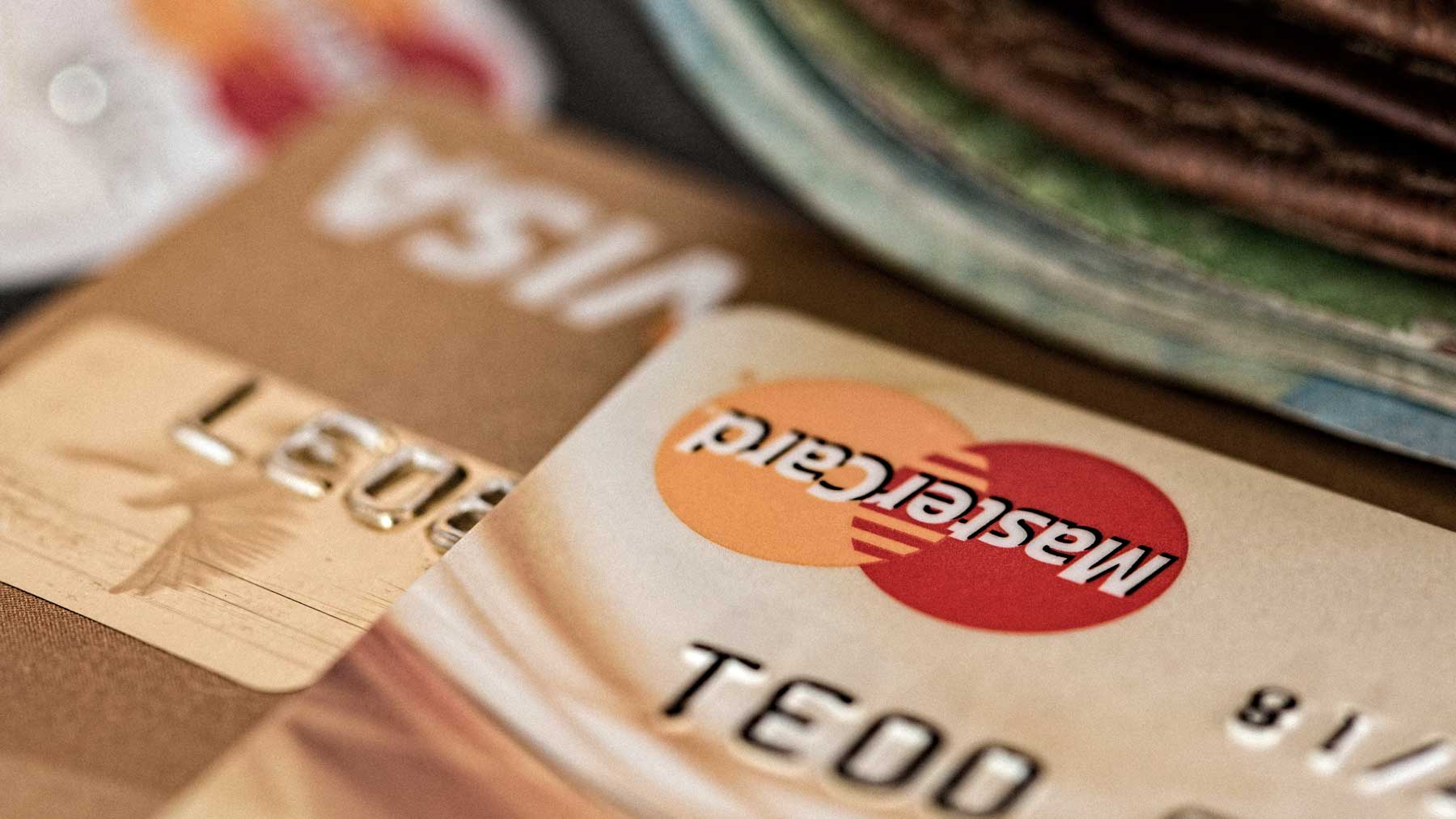Despite a noticeable ease in inflation, the retail sector in the eurozone is still struggling to regain its footing. Recent data reveals that total retail trade in the eurozone fell by 0.3% in June compared to May. This marks the second consecutive month of declining retail sales, a trend that is raising concerns among economists and policymakers.
Several factors contribute to this downturn. One significant aspect is the decline in spending on food and other essential goods. While lower inflation typically encourages consumer spending, the current economic landscape presents a different picture. Households may still be feeling the lingering effects of the cost-of-living crisis that began in 2022, which has possibly reshaped their spending habits and made them more cautious about their expenditures.
Interestingly, this period of reduced retail activity coincides with a rise in consumer confidence. According to recent surveys, confidence among eurozone households has reached its highest level since the onset of the cost-of-living crisis. This suggests a disconnect between consumer sentiment and actual spending behavior. Households might be optimistic about the future economic outlook but remain hesitant to increase their spending, possibly due to uncertainties about income stability or future inflation trends.
Compounding the issue, investments in digital transformation within the retail sector are also under scrutiny. The financial pressures faced by many businesses have led to delays or reconsiderations of planned digital upgrades, which are crucial for staying competitive in an increasingly online marketplace. This hesitation could hinder long-term growth and innovation, potentially leaving retailers vulnerable to shifting consumer behaviors and market dynamics.
The dual phenomena of rising confidence and declining retail sales pose a unique challenge for the eurozone. Policymakers and businesses must navigate this complex landscape to find ways to stimulate spending without compromising the financial security that consumers currently prioritize.





